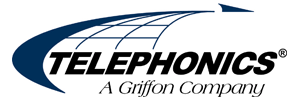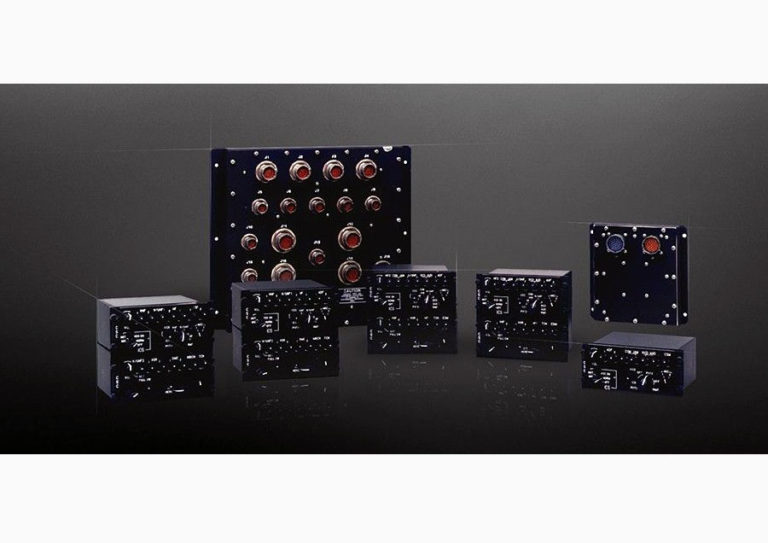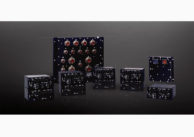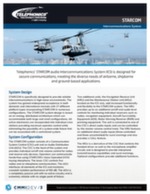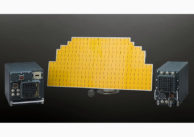Back
Telephonics’ STARCOM audio Intercommunications System (ICS) is designed for secure communications, meeting the diverse needs of airborne, shipborne and ground-based applications.
System Design
STARCOM is specifically designed to provide reliable intercommunications in high-noise environments. The system has gained widespread acceptance in both domestic and international markets with 27 different platform types incorporating STARCOM in numerous configurations. The STARCOM system design is based on an analog, distributed architecture which can accommodate both large and small configurations. All active electronics are incorporated into individual crew stations providing maximum operator control while eliminating the possibility of a system-wide failure that can be associated with a centralized system.
The Telephonics Advantage
Intercommunication control system STARCOM
Telephonics’ STARCOM audio Intercommunications System (ICS) is designed for secure communications, meeting the diverse needs of airborne, shipborne and ground-based applications.
System Design
STARCOM is specifically designed to provide reliable intercommunications in high-noise environments. The system has gained widespread acceptance in both domestic and international markets with 27 different platform types incorporating STARCOM in numerous configurations. The STARCOM system design is based on an analog, distributed architecture which can accommodate both large and small configurations. All active electronics are incorporated into individual crew stations providing maximum operator control while eliminating the possibility of a system-wide failure that can be associated with a centralized system.
The Telephonics Advantage
- Cost-effective VOX, enabling hands-free operation
- Selected receiver/transmit channels are automatically monitored
- Main and private interphone channels
- Environment and EMI qualified
- Analog distributed architecture accommodates large and small configurations
- Deployed on over 27 rotary-wing applications, Unmanned Aerial Vehicles (UAV) stations and the U.S. Navy’s Landing Craft Air Cushion (LCAC)

